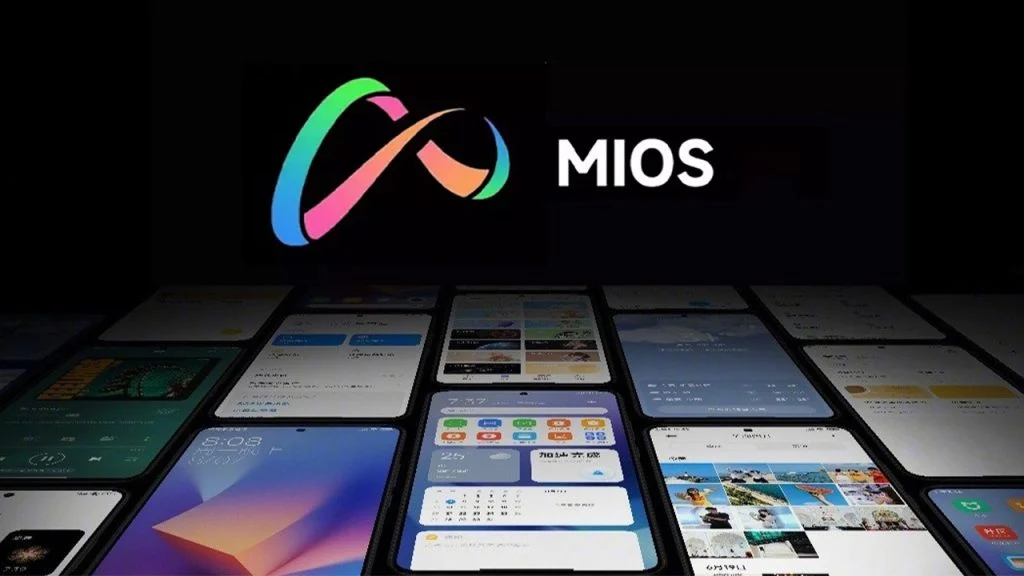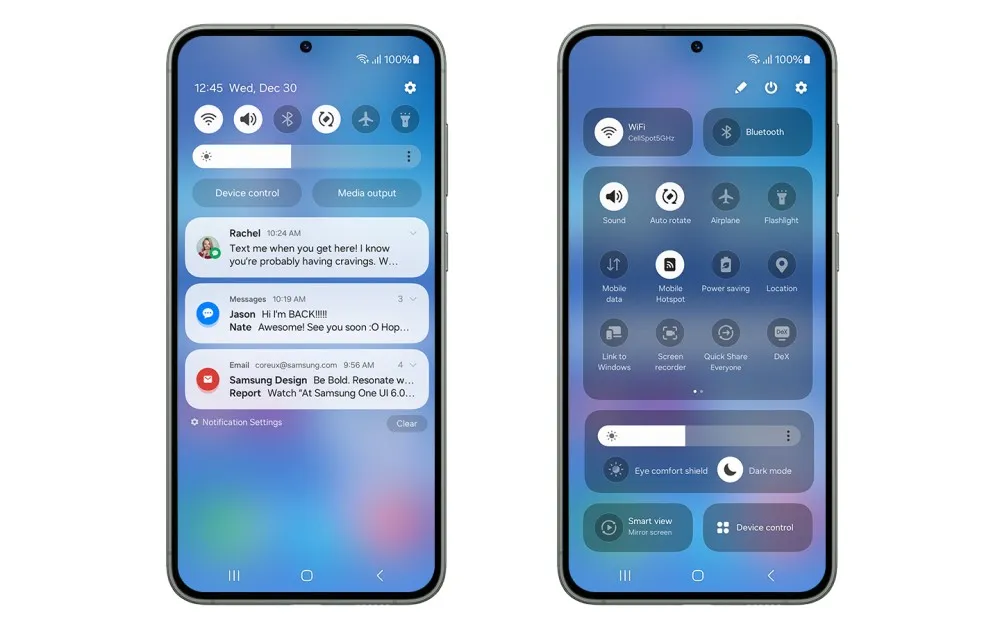The Evolution of Internet Connectivity: Elon Musk’s Starlink Initiative
SpaceX, under the leadership of Elon Musk, has unveiled the deployment of 21 fresh Starlink satellites. While this development might be anticipated given Musk’s direct involvement, these satellites represent a distinct agenda – challenging established mobile network giants. This initiative is part of Musk’s grand venture, currently undergoing testing, aimed at transforming the landscape of internet accessibility.
Redefining Connectivity in the Digital Age
Launched a few years back, Starlink’s primary goal is to offer viable internet solutions to underserved territories via satellites encircling the Earth. Nonetheless, this service necessitates antennas and associated equipment to relay the signal to devices, hence falling short of being an optimal choice for certain users. Enter Starlink’s groundbreaking innovation – the inception of the inaugural ‘cellphone towers in space,’ specifically engineered for compatibility with smartphones.
Unleashing the Capabilities of Starlink’s Satellites
These fresh satellites, boasting speeds reaching up to 7 Mbps, are poised to cater to select locales like North America, aimed at fulfilling tasks reliant on lower internet speeds, such as transmitting textual messages. Although this might appear limited in comparison to the initial commitments of economical limitless internet access and voice calls, it’s crucial to acknowledge that Starlink is in its formative phase, teeming with the promise of substantial evolution.
Envisioning Global Mobile Connectivity
Musk has highlighted that these satellites will pave the way for universal mobile phone connectivity. Nevertheless, there exists a notable bandwidth constraint, with each signal beam supporting a mere 7 Mbps and encompassing a vast geographical scope. Musk elucidated that while this solution serves as a boon for regions devoid of cellular coverage, it does not pose a direct threat to existing terrestrial cellular networks.
In essence, Elon Musk’s Starlink initiative is poised to redefine the domain of internet accessibility. Introducing ‘cellphone towers in space,’ the service aspires to furnish a more convenient and access-friendly alternative for users, especially in marginalized regions. Although bandwidth constraints persist, this marks only the initial phase for Starlink, promising monumental strides in the days to come.


